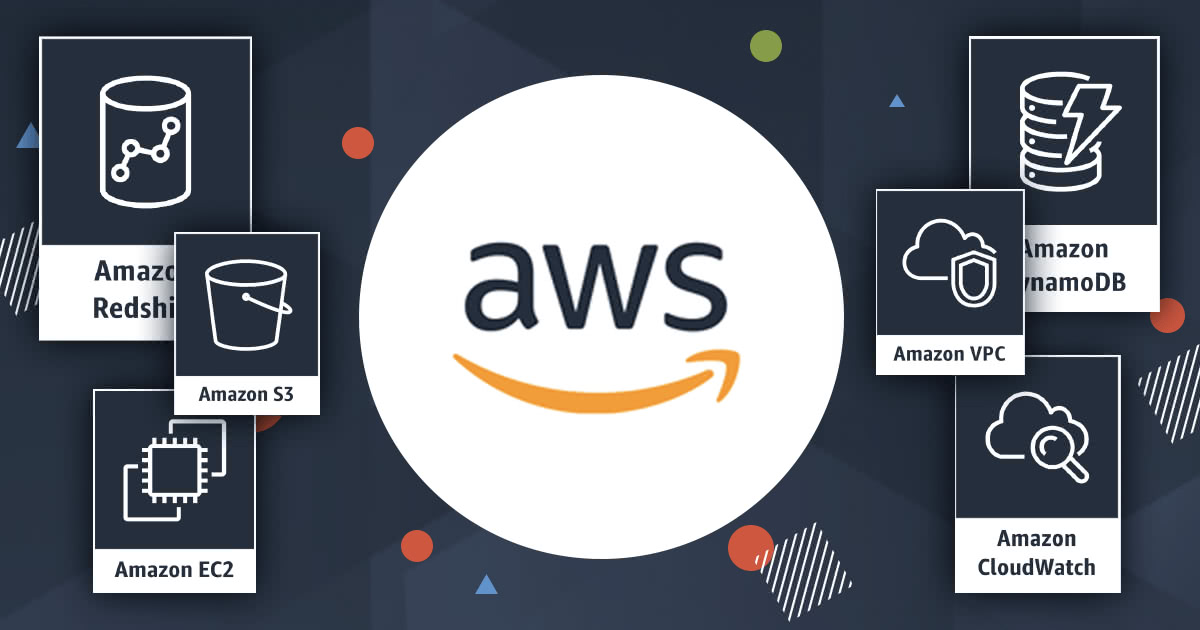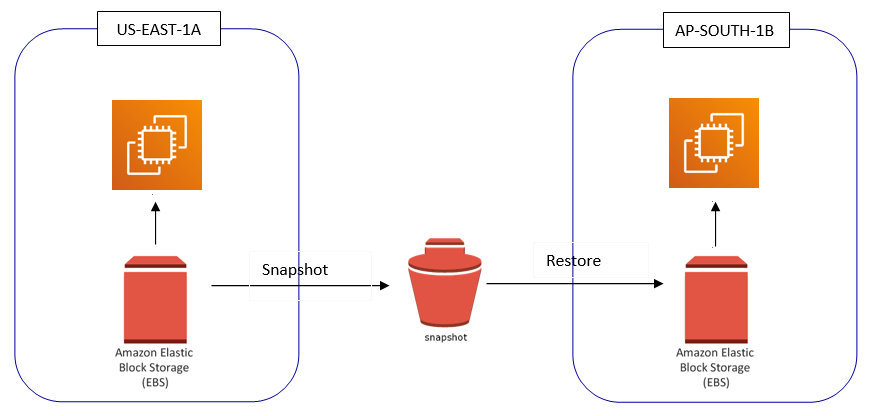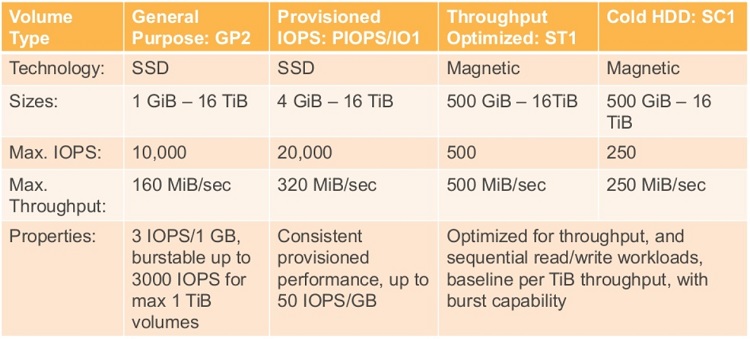AWS EBS Explained: Your Ultimate Guide to Elastic Block Store
 Pratik Anil Yadav
Pratik Anil Yadav
AWS Elastic Block Store (EBS) is a versatile and high-performance block storage service designed for use with Amazon EC2. Whether you're running a small application or managing a large-scale enterprise workload, understanding EBS can significantly impact your AWS experience. Let's dive into what makes EBS a cornerstone of AWS cloud storage.
What is AWS EBS?
AWS Elastic Block Store (EBS) provides persistent block storage volumes for use with Amazon EC2 instances. Each EBS volume is automatically replicated within its Availability Zone to protect you from component failure, offering high availability and durability.

Key Features of AWS EBS
High Performance: EBS volumes offer consistent, low-latency performance and can be optimized for both throughput and IOPS.
Scalability: You can easily scale your storage needs by resizing your volumes or changing the volume type to match your application's requirements.
Data Persistence: EBS volumes are persistent, meaning your data remains intact even after your EC2 instances are stopped or terminated.
Snapshots: You can create point-in-time snapshots of EBS volumes, which are stored in Amazon S3. Snapshots can be used to create new volumes, ensuring data backup and disaster recovery.
Encryption: EBS supports encryption for both data at rest and data in transit, using AWS Key Management Service (KMS) keys.
EBS Volume Types
AWS offers several EBS volume types, each designed for specific use cases:
General Purpose SSD (gp3/gp2): Ideal for a broad range of workloads, including boot volumes, medium-sized databases, and development/test environments.
Provisioned IOPS SSD (io2/io1): Perfect for critical applications requiring sustained IOPS performance, such as large databases and high-transaction workloads.
Throughput Optimized HDD (st1): Best suited for large, sequential workloads, such as big data, log processing, and data warehousing.
Cold HDD (sc1): Designed for less frequently accessed data, offering a low-cost solution for archival storage.

Creating an EBS Volume
Open the Amazon EC2 console: Navigate to the "Elastic Block Store" section.
Create a new volume: Choose the volume type, size, and Availability Zone. For most applications, General Purpose SSD (gp3) is a good starting point.
Attach the volume to an EC2 instance: Once created, you can attach the volume to an existing EC2 instance, allowing your instance to use the storage.
Managing EBS Snapshots
Creating snapshots is essential for data backup and disaster recovery. Here's how you can create and manage EBS snapshots:
Navigate to the Snapshots section: In the EC2 console, find the "Snapshots" tab under "Elastic Block Store."
Create a snapshot: Select the volume you wish to snapshot and click "Create Snapshot."
Restore from a snapshot: You can create new EBS volumes from snapshots, which can then be attached to any EC2 instance.
Best Practices for Using EBS
Regular Snapshots: Schedule regular snapshots of your EBS volumes to ensure data durability and quick recovery in case of failure.
Monitor Performance: Use Amazon CloudWatch to monitor EBS performance metrics and adjust volume configurations as needed.
Optimize Costs: Choose the right volume type for your workload to balance performance and cost. Use lifecycle policies to automate moving old snapshots to cheaper storage classes.
Encryption: Always use encryption for sensitive data to maintain security compliance.
Conclusion
AWS EBS is a powerful, flexible, and scalable block storage service that can meet a wide range of storage needs. By understanding its features and best practices, you can optimize your AWS environment for performance, reliability, and cost-effectiveness. Start exploring the potential of AWS EBS today and take your cloud infrastructure to the next level!
Subscribe to my newsletter
Read articles from Pratik Anil Yadav directly inside your inbox. Subscribe to the newsletter, and don't miss out.
Written by
